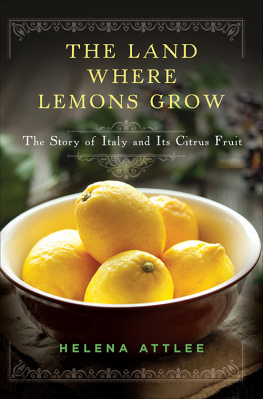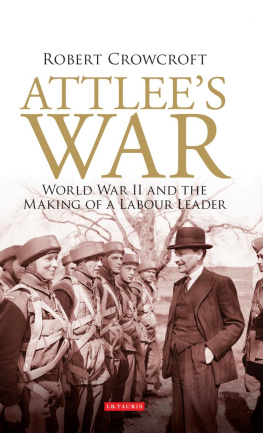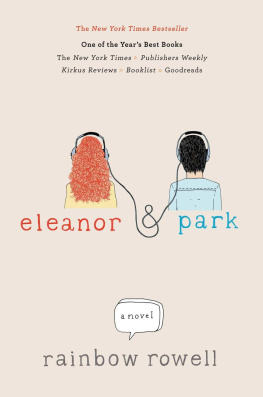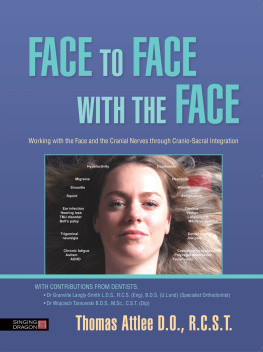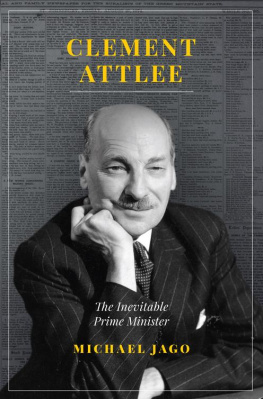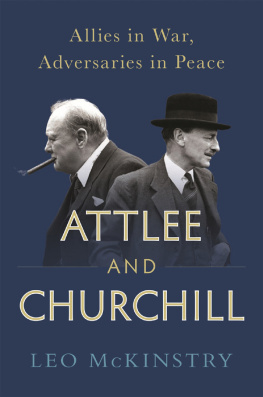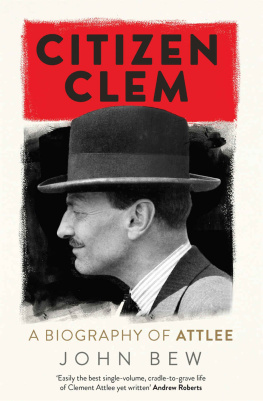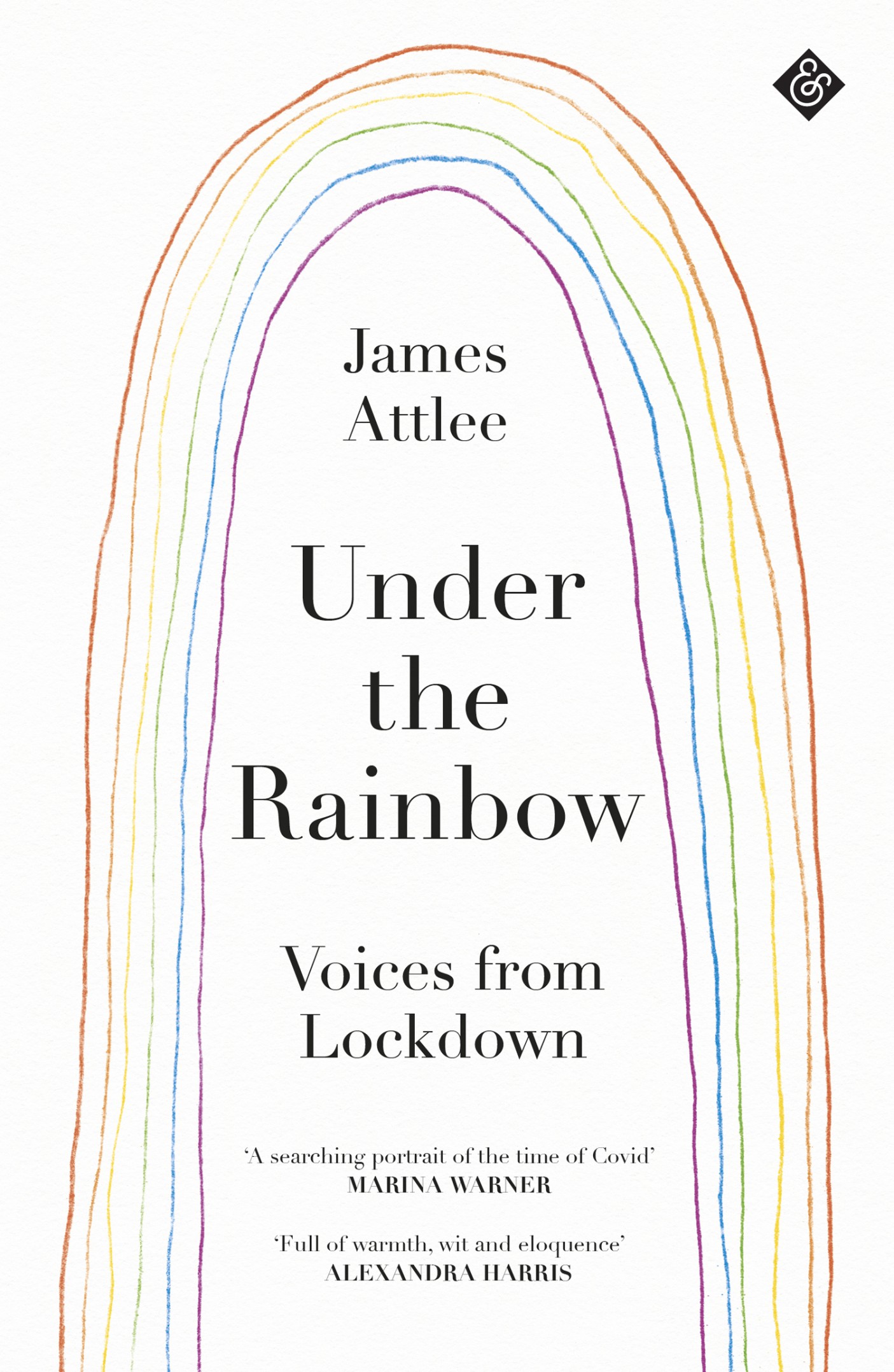By attending to messages, gestures, signals in the surrounding streets, by inviting neighbours stories and explanations, Attlee has assembled a searching portrait of the time of Covid.
Marina Warner
Full of warmth, wit and eloquence, and a rare, refreshing combination of modesty and conviction. I loved the careful anthropological questioning of the complex world on our doorsteps.
Alexandra Harris
Praise for Attlees Isolarion
Unique and very special. Residents of East Oxford can be proud to have this eccentric advocate and eloquent explorer in their midst.
Geoff Dyer, The Guardian
A new Oxford that no guidebook has yet captured.
Richard B. Woodward, New York Times
Attlees reading is deep and wide and engagingly circuitous, and this book frequently provides the delights of discovery that make any adventure worth undertaking.
Rebecca Mead, Bookforum
With an eclecticism that ropes in Robert Burtons The Anatomy of Melancholy , Foucault, a porn shop and a Jamaican restaurant, Attlee scrutinises a sense of place. He reminds me of the old scholars, chock full of intellectual curiosity and an almost alchemical sensibility.
Ray Mattinson, Blackwells, Oxford
Praise for Attlees Nocturne
I know that I am going to keep this book by me for rereading.
Diana Athill, Literary Review
First published in 2021 by And Other Stories
Sheffield London New York
www.andotherstories.org
Copyright James Attlee, 2021
All rights reserved. The right of James Attlee to be identified as author of this work has been asserted.
For the acknowledgement of quotations, see the Acknowledgements page.
All photographs James Attlee, apart from Red Flags Alex Noble and Grow Chives, Save Lives Charlotte Attlee.
ISBN: 9781913505066
eBook ISBN: 9781913505073
Editor: Stefan Tobler; Copy-editor: Robina Pelham Burn; Proofreader: Sarah Terry; Typesetting and eBook by Tetragon, London ; Cover Design: Steve Leard; Printed and bound on acid-free, age-resistant Munken Premium by CPI Limited, Croydon, UK.
And Other Stories gratefully acknowledge that our work is supported using public funding by Arts Council England.
Contents
An Introduction of Sorts
July turns into August with no break in the humid nights and blue-skied days, creating a growing sense that this summer will last forever and that time, like much else, has stuttered to a halt. We wake each morning to the same faces and the knowledge that whatever we learn today will in all likelihood be contradicted tomorrow. Scientists and politicians appear equally confused; the only advice they agree on comes in the form of homilies that might have been delivered by our parents or grandparents: Wash your hands. Stay in and do your homework. Dont kiss strangers. Turn down the invitation to that dodgy party. As is traditional, this advice will be ignored by the young and the desperate.
Then, in the second week of the month, something shifts in the heavens and the torpor is broken. The air crackles with electricity. Drops of rain fall as you cycle in bright sunshine along the towpath by the canal, your back drenched with sweat. Someone is moving heavy furniture overhead; the sound echoes in the streets. Arriving home, you drag your partner away from yet another Zoom meeting to stand outside the back door as lightning flickers and the downpour starts. You take off your shirts and lift your arms, luxuriate. And then its over. Water pools on the ground. The air, you both notice, smells of gunpowder.
Something has altered, its clear. You observe people sitting in their cars in a traffic jam with the dispassionate interest of a visitor to a safari park. Do they really leave their engines running like that, so the fumes creep under peoples front doors and into their lungs is that really how its done? It seems quaint, unbelievable. You resist the urge to tap on the windows of these stationary travellers and ask them to desist. In a few weeks, the radio announces, children will be going back to school, giving their parents more time to look for new jobs. For now, parents concentrate on booking holidays and then unbooking them as borders shift from national to viral; yet the sky is once again cross-hatched with vapour trails that must, for those who choose to follow, lead somewhere.
Youd think wed remember when it all started; yet politicians disagree on the date when the first lockdown began, the prime minister maintaining it was 23 March 2020, the health secretary insisting it was the sixteenth. What is clear is that around the time of the spring equinox, when days were growing longer and all our instincts made us want to be together and outdoors, we were forced instead to turn inwards. By midsummer the restrictions eased a little, but by the autumn equinox, when the tilt of the earth meant the northern and southern hemispheres briefly shared equal amounts of light, figures of new infections were surging once more.
This book exists in the space between those two equinoxes, points that in the calendar signify a beginning and the beginning of an ending; events marked in the heavens by geomagnetic storms and the spectacular unfurling of the Northern Lights, while the realms below flipped between panic and stasis as time turned elastic, one hour passing in a heartbeat, the next crawling snail-like towards eternity. Beginning with an investigation of the artworks that appeared in windows over this period, led by the words of people who made them, it moves through and beyond them to the symbols, histories and causes that became points of contention during lockdown.
A moment is passing, slipping through our fingers. Was it all a dream, you wonder. Did the world of man really fall silent so that every day at 4 p.m. youd hear the song of a blackbird high in a tree on the other side of the road, so piercingly sweet it penetrated your front door? For many, the natural world became suddenly hyperreal. Bumblebees fumbled their way into flowers, swifts screamed and flies danced, unaware they had become swooned-over social media stars. Meanwhile we were confined to our homes, forced to share the same space almost twenty-four hours a day, emerging only to jostle and squabble over essential supplies in supermarkets, or to stand outside our doors applauding, overwhelmed by a love both sudden and temporary for those who have dedicated their lives to caring for us all along.
How quickly we forget. Yet for now traces remain around us, in windows and over doorways expressions of solidarity, hope, revolutionary fervour. They will not survive much longer: the sun causes hand-coloured rainbows and political slogans alike to fade; children outgrow their artistic efforts, demanding they be taken down.
We missed the chance to interview those who decorated the walls of caves millennia ago and the meaning of their work has slipped from our collective memory. Those who adorned their dwellings during lockdown also represent the psyche of the tribe; their fragile creations hold something of what we learnt during the months the machine was put on pause. Time now to capture their voices and their images before they are lost in the shudders and groans of a world coming back to life.


